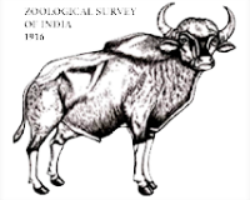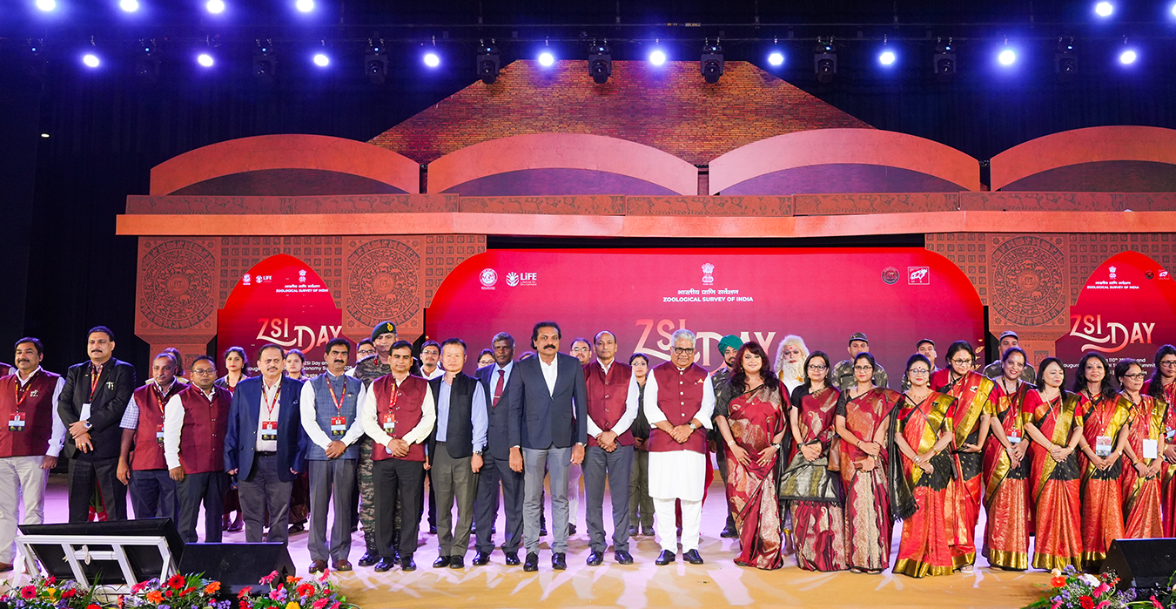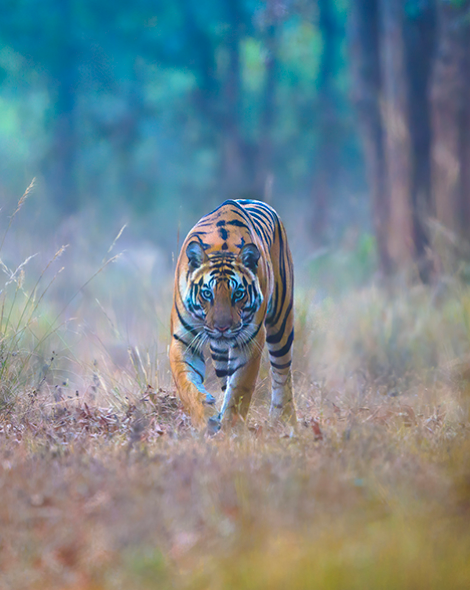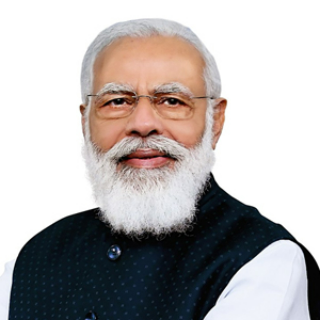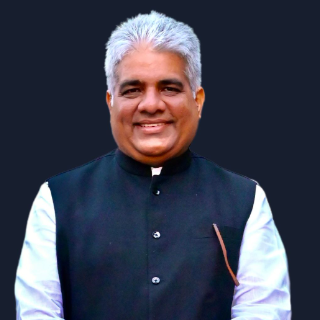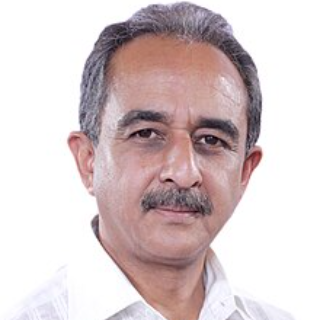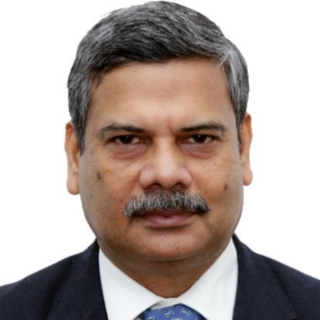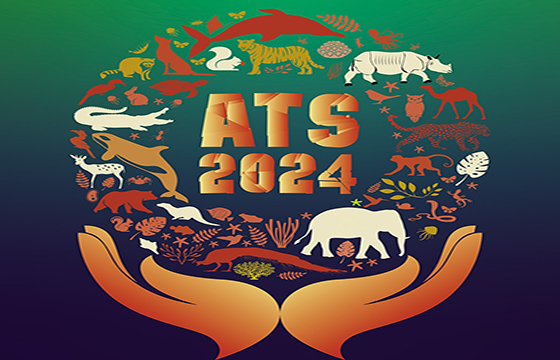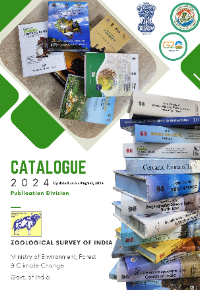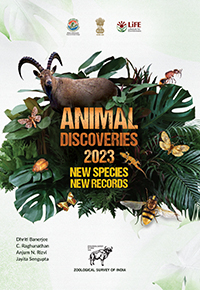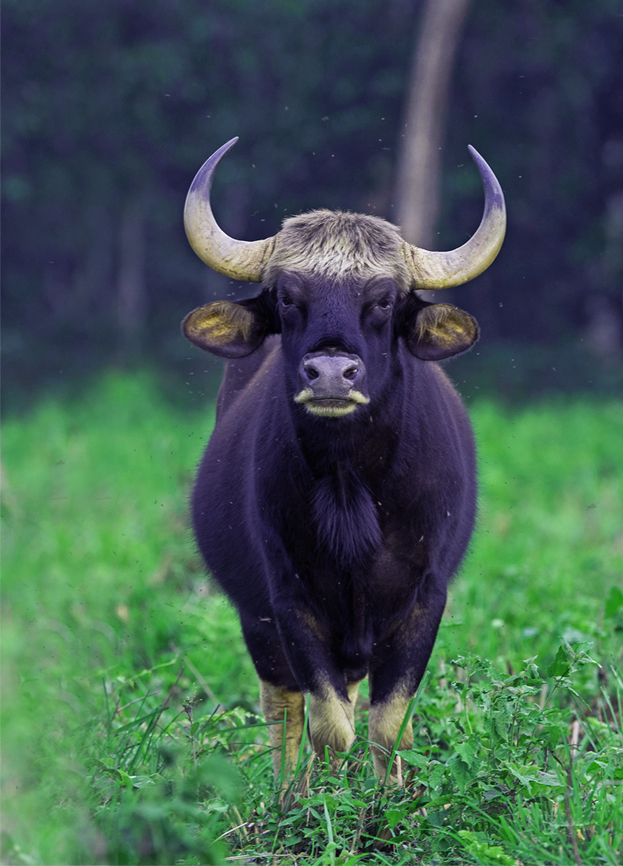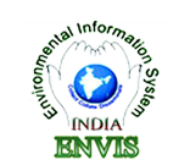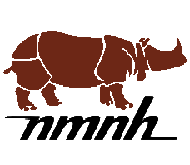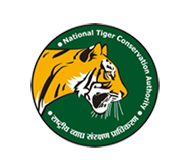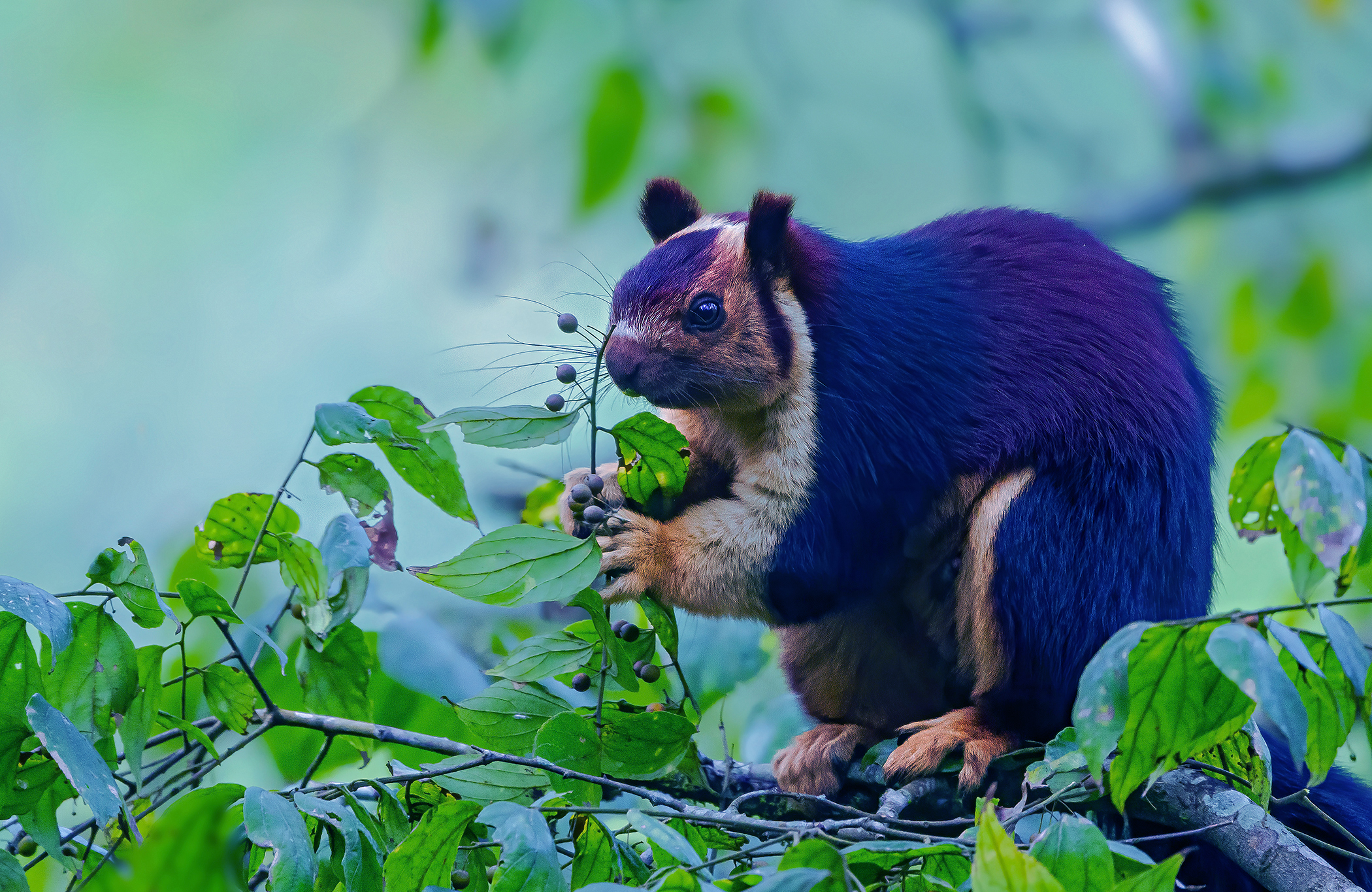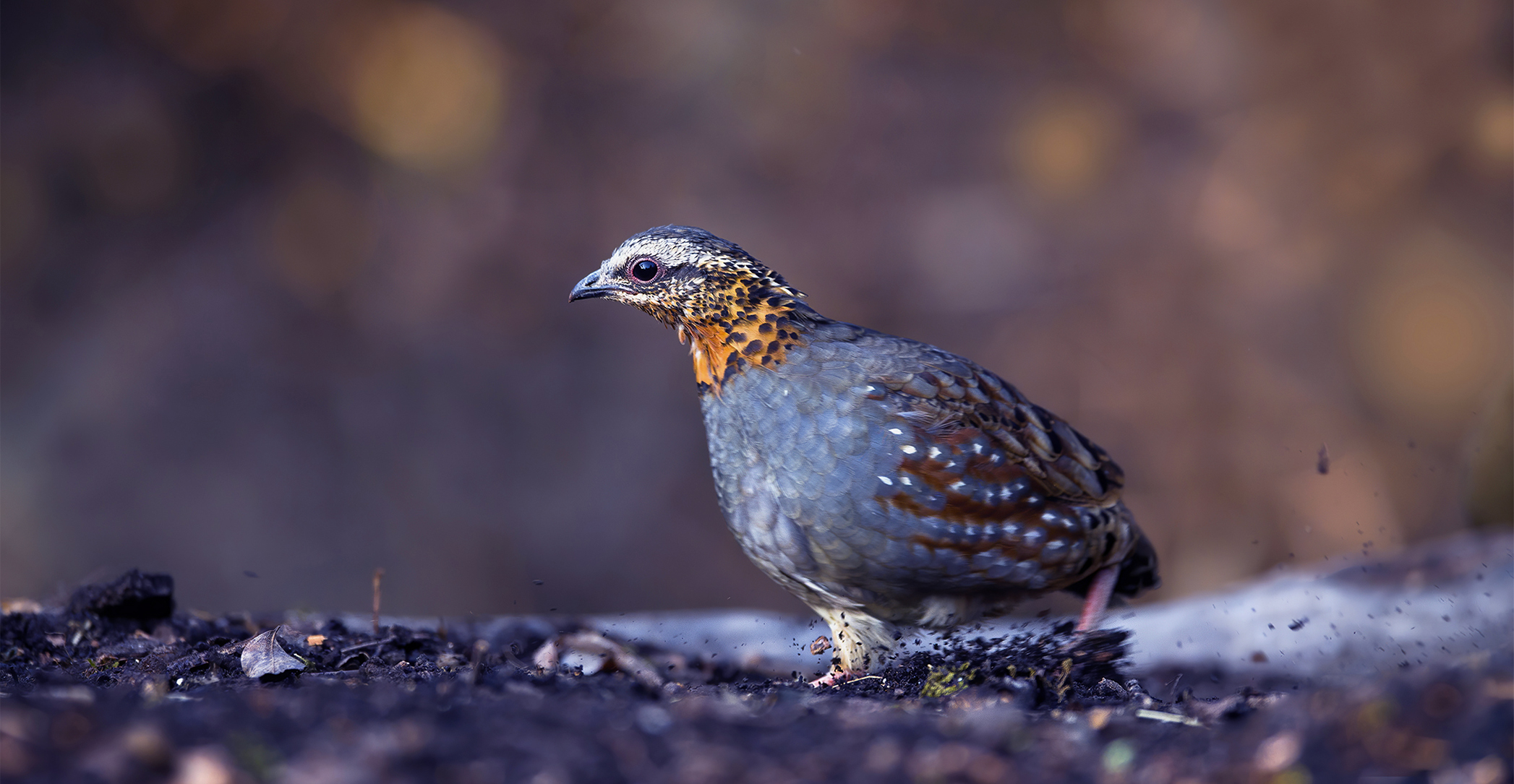भारतीय प्राणी संसाधन
1. डिजिटल ZSI
3. ZSI पुस्तकालय रिपॉजिटरी
4. भारत की जीव-जंतु सम्पदा
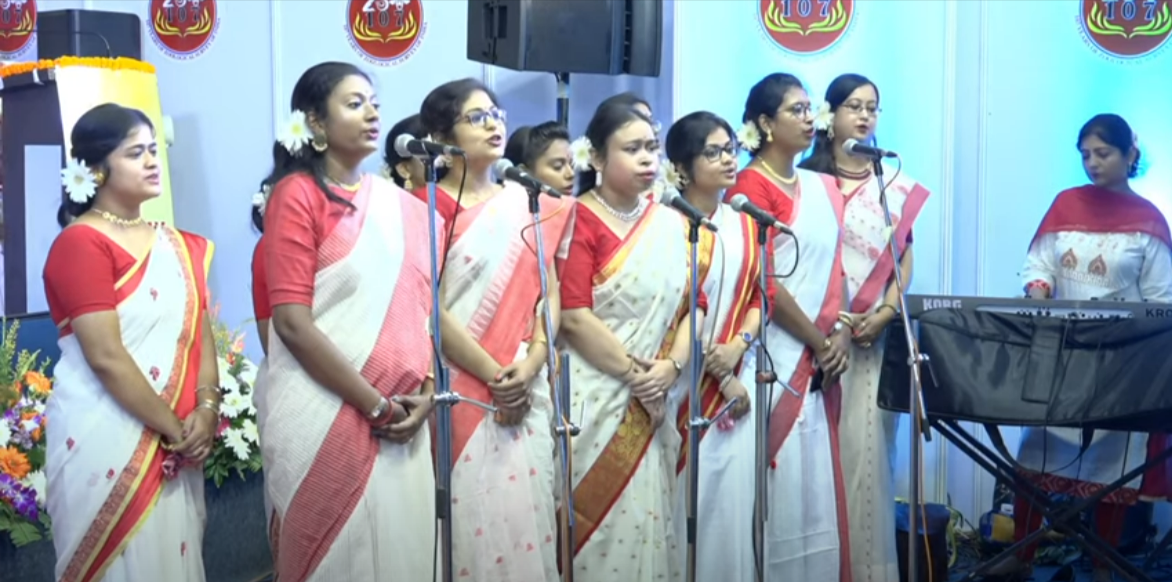 जेड एस आई वीडियो
जेड एस आई वीडियो
भारतीय प्राणी सर्वेक्षण
जूलॉजिकल सर्वे ऑफ इंडिया (जेडएसआई) की स्थापना 1 जुलाई, 1916 को सर्वेक्षण, अन्वेषण और अनुसंधान को बढ़ावा देने के लिए की गई थी, जिससे तत्कालीन 'ब्रिटिश भारतीय साम्राज्य' के असाधारण समृद्ध जीवन के विभिन्न पहलुओं के बारे में हमारे ज्ञान में प्रगति हुई।
सर्वेक्षण की उत्पत्ति 1875 में कलकत्ता में भारतीय संग्रहालय के प्राणी विभाग की स्थापना में हुई थी। धीरे-धीरे अपने कर्मचारियों को मजबूत करके और अपने अनुसंधान कार्यक्रम का विस्तार करके, सर्वेक्षण ने....


भारतीय प्राणी सर्वेक्षण
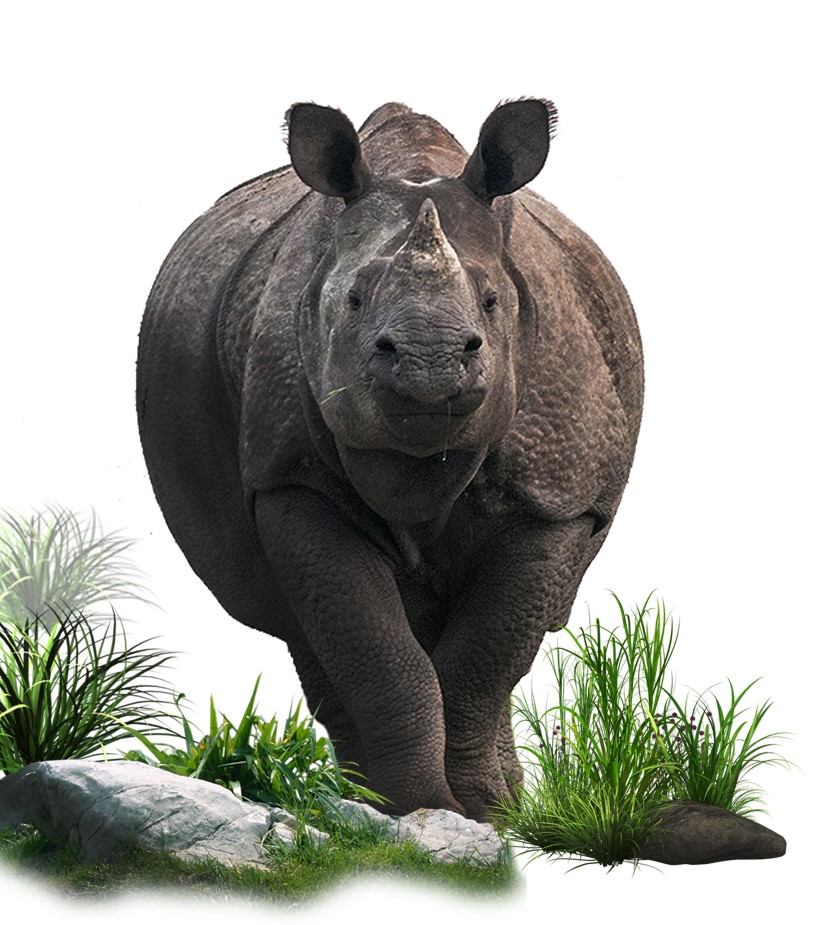
संसाधन केंद्र
-
प्रकाशन विभाग
2025तत्काल सेवा को प्रभावी करने के लिए आदेश देने से पहले कृपया निम्नलिखित निर्देशों को ध्यान से पढ़ें:1. रुपये में कीमतें केवल भारत में बिक्री के लिए लागू हैं।2. विदेश के ग्राहकों के लिए, डॉलर या पाउंड स् और पढ़ें
-
-
जानवरों की खोज 2023
New Species and New Recordsजैव विविधता पृथ्वी पर जीवन की विविधता है। मनुष्य अपने आदिम शिकारी-संग्रहकर्ता से पृथ्वी पर दिनों ने अपने निर्वाह के लिए जैव विविधता के महत्व को महसूस किया था। हमारे पूर्वज ने भावी पीढ़ी के लिए जैव विविधता की रक्षा के तरीकों और साधनों की सलाह दी थी। हमारे प्राचीन . की बारीकी से जांच ग्रंथ जैव विविधता संरक्षण पर इस पारंपरिक ज्ञान के प्रतिबिंबों को प्रकट करते हैं। और पढ़ें
-








